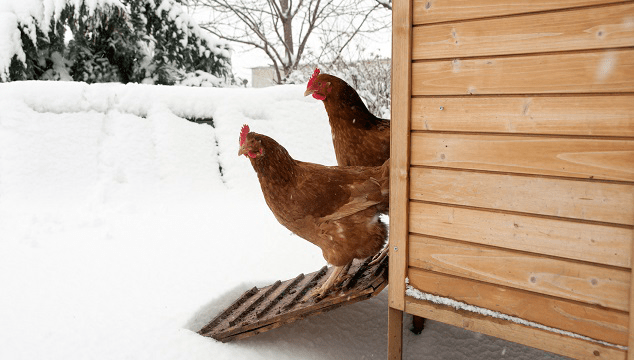When it comes to raising healthy chicks, choosing the best feeder for chick brooder is essential. Not only does it ensure that your chicks have easy access to food, but it also helps to minimize waste and maintain cleanliness within the brooder. In this guide, we’ll explore the various types of feeders available and offer insights into selecting the best one for your needs.

Understanding Chick Brooders
Before delving into feeders, it’s important to understand the role of a chick brooder. A brooder is a heated enclosure that serves as a nurturing environment for young chicks until they are fully feathered and can regulate their body temperature. It provides warmth, security, and easy access to food and water.
Importance of the Right Feeder
Choosing the right feeder is crucial for several reasons. It ensures that chicks can easily access their food, prevents feed spillage, and minimizes the risk of contamination. Additionally, the right feeder can promote healthy growth by encouraging chicks to eat at regular intervals.
Types of Feeders for Chick Brooders
There are several types of feeders available, each with its own advantages and disadvantages. Here are some of the most common types:
1. Trough Feeders
Trough feeders are long, rectangular containers that hold feed along their length. They are ideal for larger broods and allow multiple chicks to eat simultaneously. However, they can be prone to spillage if not carefully monitored.
2. Circular Feeders
Circular feeders, often known as gravity feeders, dispense feed as chicks consume it. They are great for minimizing waste and keeping feed clean. These feeders are easy to refill and can accommodate a significant amount of feed.
3. Jar Feeders
Jar feeders consist of a jar that dispenses feed into a small base. They are suitable for small broods and are easy to clean and refill. However, they may need to be refilled more frequently as they hold less feed.
4. Automatic Feeders
Automatic feeders offer the convenience of dispensing feed at set intervals. They reduce the need for manual feeding and ensure that chicks always have access to fresh food. However, they can be more expensive than other feeder types.
Factors to Consider When Choosing a Feeder
When selecting the best feeder for chick brooder, consider the following factors:
Size of the Brood
The size of your brood will determine the type of feeder you need. Larger broods may require larger or multiple feeders to ensure all chicks have access to food.
Ease of Cleaning
Feeders should be easy to clean to prevent the build-up of bacteria and mold. Choose feeders made from materials that are easy to wash and sanitize.
Material
Feeders come in various materials, including plastic and metal. Each material has its pros and cons, so choose one that best suits your needs and maintenance preferences.
Durability
Durability is key, especially if you plan to use the feeder for multiple broods. Choose a feeder that is sturdy and resistant to wear and tear.
How to Maintain Feeders for Optimal Performance
To ensure that your feeder serves your chicks well, follow these maintenance tips:
Regular Cleaning
Clean the feeder regularly to prevent contamination. Use warm soapy water and a brush to remove any feed residue.
Check for Damage
Inspect the feeder frequently for signs of wear or damage. Replace any broken parts to ensure that the feeder functions correctly.
Refill Timely
Keep an eye on feed levels and refill the feeder as needed. This helps prevent chicks from going without food and reduces the risk of feeder damage from overfilling.
Benefits of Using the Best Feeder for Chick Brooder
Using the best feeder for your chick brooder has several advantages:
- Ensures consistent and adequate nutrition for chicks.
- Minimizes waste and keeps the brooder clean.
- Reduces the risk of contamination and disease.
- Promotes healthy growth and development.
Conclusion
Choosing the best feeder for chick brooder is a vital step in ensuring the health and well-being of your chicks. By considering factors such as size, material, and ease of cleaning, you can select a feeder that meets the needs of your brood and provides them with a clean, efficient way to access their food. For more detailed guidance on chick care, check out this baby chicks care sheet.

FAQs
1. How often should I clean the chick feeder?
It’s recommended to clean the feeder every few days or whenever you notice buildup or contamination. This helps maintain a healthy environment for your chicks.
2. Can I use the same feeder for different broods?
Yes, as long as the feeder is in good condition and is properly cleaned between uses, it can be used for multiple broods.
3. What should I do if my chicks are spilling a lot of feed?
If chicks are spilling feed, consider using a feeder with a smaller opening or adjusting the feeder’s height to make it more accessible while reducing waste.
For more insights into maintaining a clean brooder environment, visit brooder bedding changes and eco-friendly brooder options.
This article contains affiliate links. We may earn a commission at no extra cost to you.











